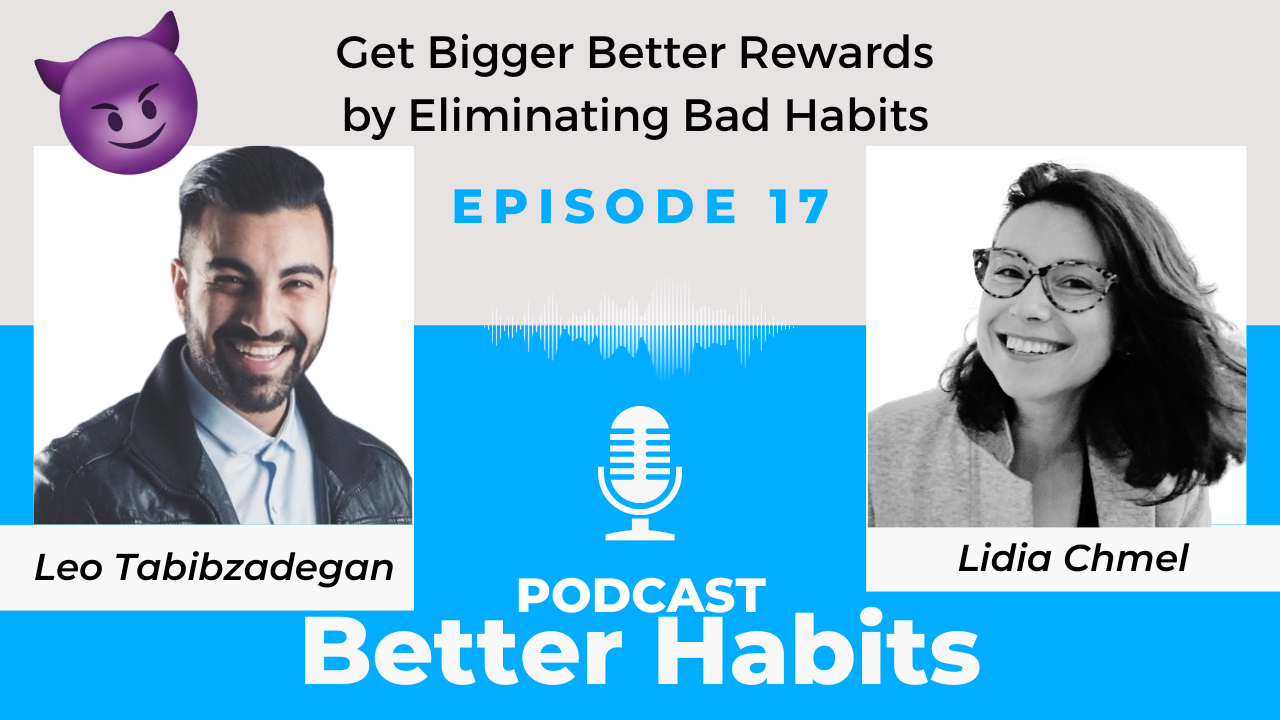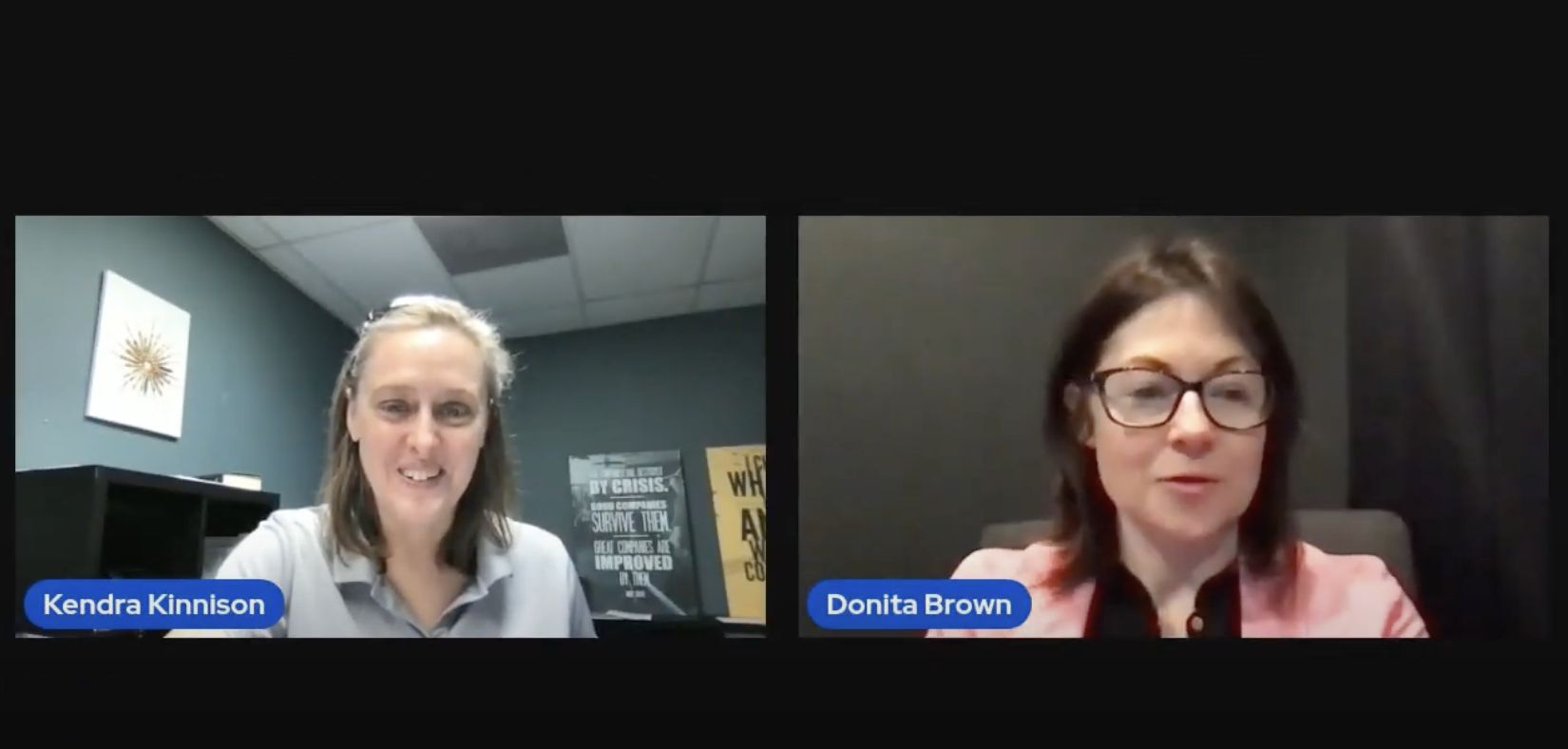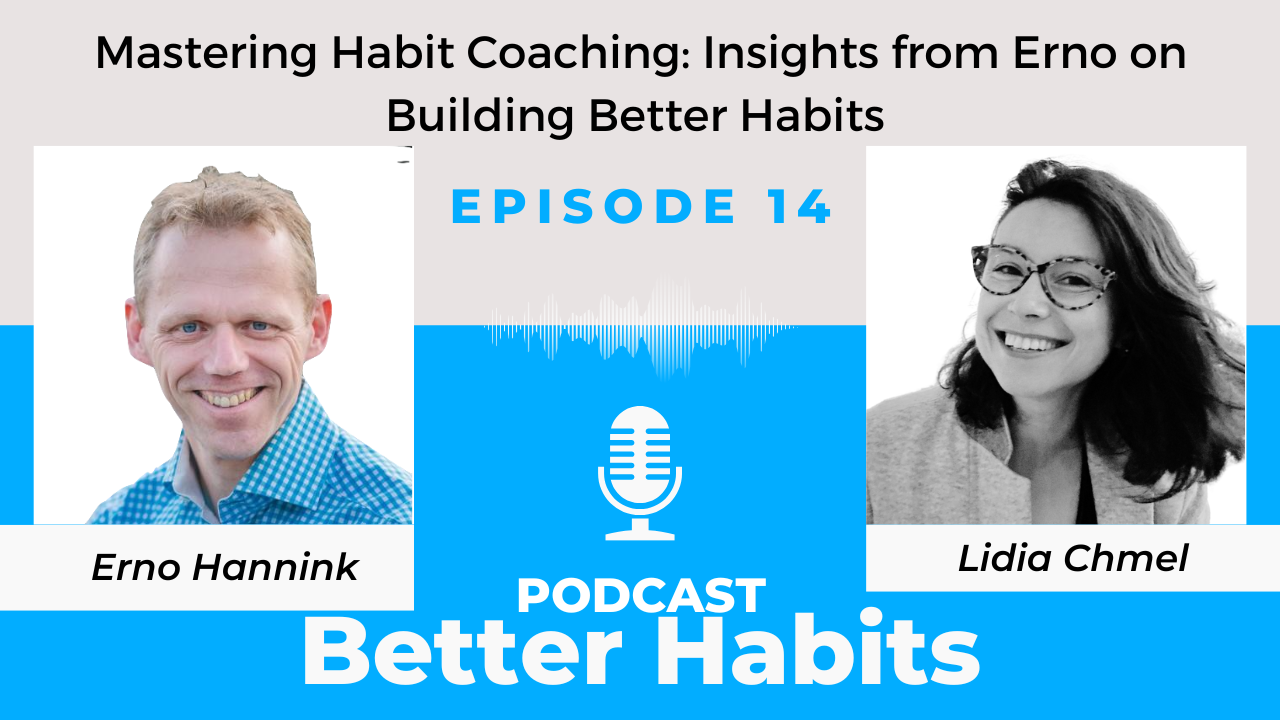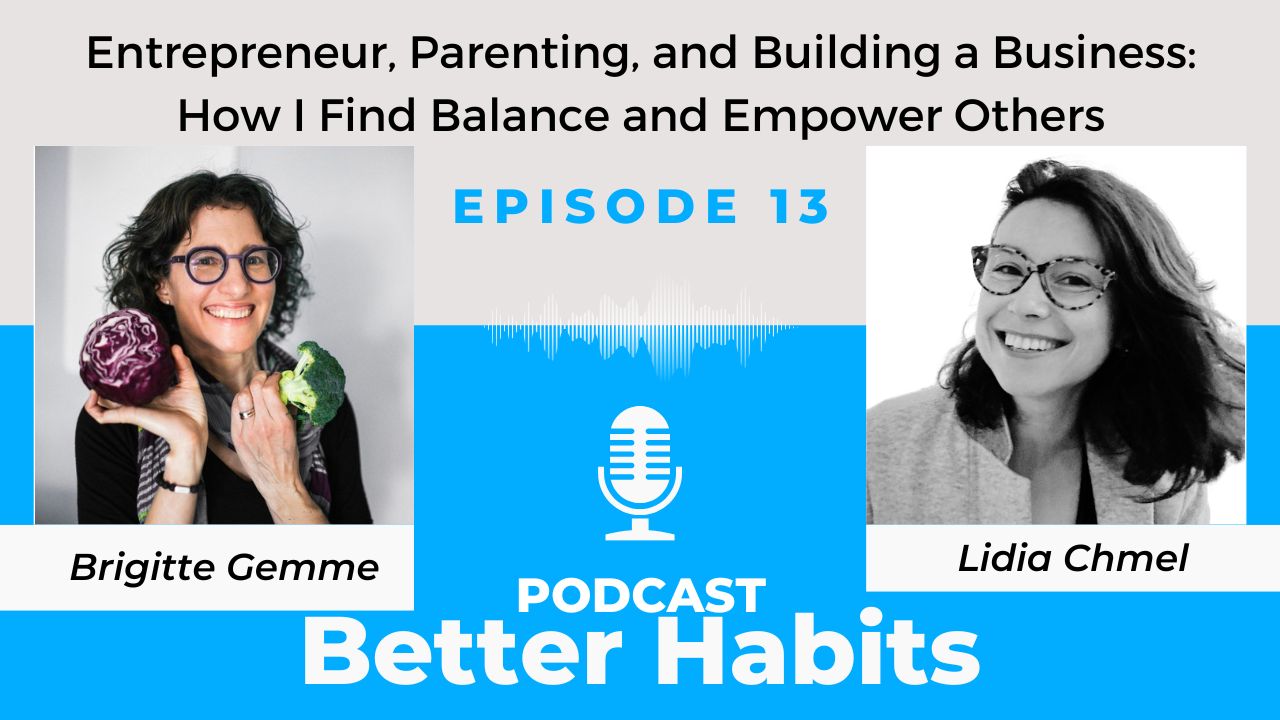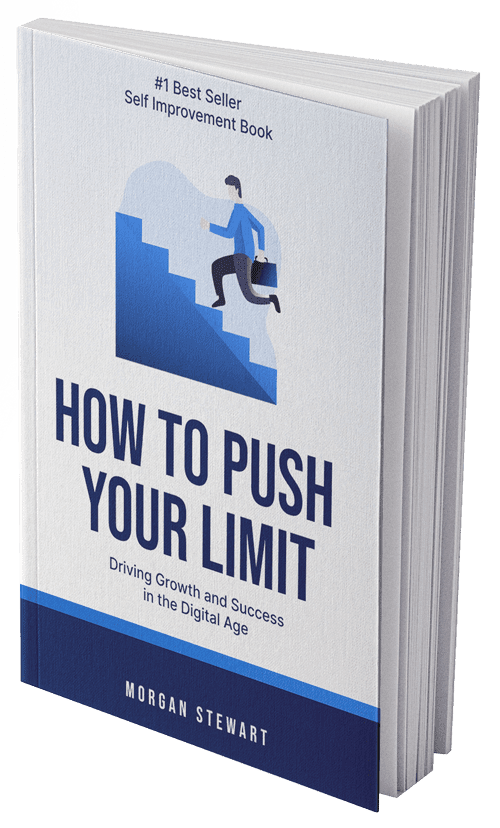“The the sunk cost bias was the bias we found most strongly influenced by meditation of the ones we tested, so then we ran follow-up studies to try to figure out why this would be.”
Did you know that meditation can help you make better decisions? Andy Hafenbrack, a 5th year PhD candidate at INSEAD Business School, and his research team found that meditation can reduce sunk cost bias, the tendency to hold on to bad investments. Sunk cost bias is what leads you to keep watching a bad movie because you paid for the ticket or keep a bad employee because you spent so many hours training them. The rational decision in these cases is leave the movie early to do something you enjoy more, or in the case of the employee, fire them so that you can hire someone better. Andy explained to us why we make irrational decisions like these and how meditation can help us make fewer of them.
What inspired your research?
The research was inspired by my being very stressed out in the first year of the PhD program because we had so much work and such a long uncertain career path ahead. I felt overwhelmed, which seemed to also make me less productive or effective in my work.
I wondered if there was a systematic way to make myself calmer. I wondered if I found it, could it benefit others in a similar way. Meditation seemed like an obvious potential solution. I focused on a decisions as an outcome because they are important for performance and I majored in decision-making in undergrad so I was familiar with prior research on decision biases. I shared this idea with Zoe Kinias, one of my advisors at INSEAD Singapore, and she said “it sounds like you want to study something called mindfulness.” She sent me recent research by Laura Kiken and Natalie Shook that used a 15 minute mindfulness meditation recording in the lab. Zoe, Wharton professor Sigal Barsade, and I then designed studies based on their paper and previous decision-making research. The the sunk cost bias was the bias we found most strongly influenced by meditation of the ones we tested, so then we ran follow-up studies to try to figure out why this would be.
What is the mechanism that connects meditation to overcoming cognitive bias?
Our research shows that mindfulness influences one cognitive bias, the sunk cost bias. We found that this was due to a two-step process. By focusing attention on the physical sensations of breathing, which draws attention to a concrete experience taking place in the present moment, people focus less on the past and future. By focusing less on the past and future, people feel less negative emotion, and the reduction in negative emotion helps them resist the sunk cost bias or say that they would cut their losses sooner. If you’re interested in reading more, Natalia Karelaia and Jochen Reb have a theory paper on the relationship between mindfulness and decision-making which discusses other potential processes and mechanisms which are likely to be at play.
Can you explain what sunk cost bias is?
The sunk cost bias was first documented by Hal Arkes and Catherine Blumer in 1985. They defined it as the tendency for people to continue an endeavor once an investment of money, effort, or time has been made. One ostensible example of the sunk cost bias (if we were to enlarge that definition to include the investment of human lives) is in 2005 when George W. Bush used the previous deaths of American soldiers in Iraq to justify further involvement in that conflict.
Similar arguments have been made about the Vietnam war: that the resources that had already been spent by the US government made the leadership less willing to de-escalate which led to even more destruction even though it was fairly obvious from the beginning that the US would not win. Another term for this is “escalation of commitment to a losing course of action” which Barry Staw first documented in 1976, and this captures the tendency for people to commit the sunk cost bias repeatedly when making high-stakes strategic decisions that they are personally responsible for. In that paper, he quoted a US government official who made an eerily accurate prediction about how a war in Vietnam would be destructive, ill-fated, and difficult to end once it had begun.
How do you know if you’ve avoided sunk cost bias when making a decision?
It’s hard to come up with a counterexample: someone who avoided the sunk cost fallacy. Since they often look like good decisions, they do not stand out. They are often the dog that is not barking, to use the analogy from Sherlock Holmes. Richard Thaler (1980) was another of the early theorists on this topic, and he focused on how hard it can be for people to deviate from the status quo.
But one way people resist the sunk cost fallacy is by reacting to new information that suggests change from the status quo would be useful. In this way, sensible changes that are wasteful or painful in the short term are often examples of resisting the sunk cost bias. This could be anything from putting down one’s fork halfway through a large dessert when feeling full at a restaurant to Abraham Lincoln abolishing slavery or Mikhail Gorbachev transitioning away from communism. Or the eventual decision to end involvement in conflicts such as Vietnam or Iraq.

